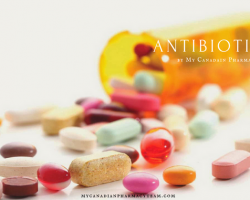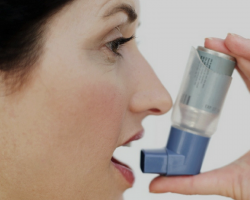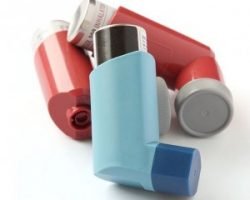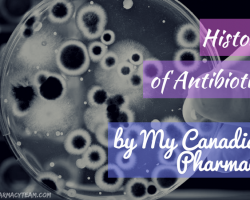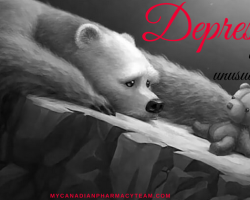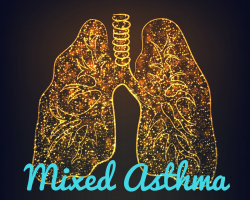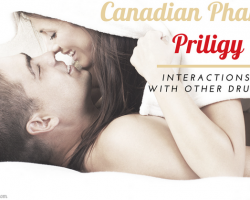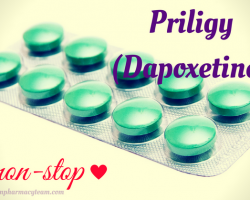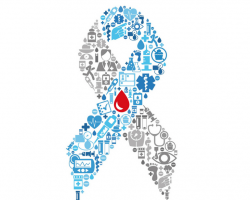The word “antibiotic” consists of 2 parts: “anti” – translated as “against”, and “bio” – “life”. It turns out that an antibiotic is the enemy of life. Of course, we are talking about the life of microorganisms, however, we should consider: whether it is allowed to engage in self-medication, whether to give antibiotics to our children without doctor’s recommendation? We do not always seek doctor’s advice and sometimes attempt to suppress infection by ourselves. After all, virtually…
My Canadian Pharmacy News - Part 102
Bronchial asthma is a chronic respiratory tract disease, which has a non-infectious origin and is accompanied by pronounced symptoms. This is the most common asthma definition. Asthma has a rather complicated mechanism of development. The disease can be inherited. It can also occur at the previously healthy man on the background of any internal changes in the body or under surrounding environment factors influence. The occurrence of asthma is associated with changes in bronchial reactivity and…
Bronchial asthma is a chronic allergic inflammatory airways disease, at which their sensitivity to many stimuli increases; the main manifestation of the disease is more or less paroxysmal bronchial capacity disorders, which is clinically expressed in repeated episodes of breathlessness, wheezing and coughing. The number of people suffering from this diseases can impress anyone – at least 300 million people (5 to 15% of the world population). Over the past 15 years, the number of…
In recent decades, medical practice has been enriched by a new group of biological products for infectious diseases treatment and prevention and was defined as « antibiotics ». Ability of some microorganisms to suppress lives of others (antibiosis) was first established by I. I. Mechnikov, who proposed use of this property for therapeutic purposes: in particular, he used lactobacillus to suppress vital functions of harmful putrefaction bacteria in intestine, which was offered to introduce with clabber….
There are many reasons that can become depression causes. Among them, physical trauma and grief, financial problems and unemployment and many others. But if you feel depressed and none of known reasons has something to do with your life, probably other factors affect you. Or maybe there is no specific reason but still pay attention to those factors, few people know about.
The mixed form of asthma is a type of asthma, which etiology combines atopic (allergic) and non-allergic factors. Most often mixed type occurs as atopic but with bacterial sensitization. Exacerbating factors can be other non-allergic causes: poisoning, stress, endocrine disease, etc. Clinical Picture The mixed form of the disease is characterized by acute polymorphism, progressive development, seizures increased in frequency and duration with a high probability of transition to asthmatic condition, problems with relieving attacks. The…
[ithshop code=”priligy” tpl=”short” page_id=”1351″ dummy=”txt”] The following drugs can’t be combined with Canadian Priligy: Interactions with MAO inhibitors Patients receiving both SSRI and MAO inhibitors observed serious, sometimes fatal reactions, including hyperthermia, rigidity, myoclonus, autonomic instability with possible rapid fluctuations of the system of vital functions indicators and mental state changes including strong agitation, progressing into delirium and coma. These reactions have also been observed in patients who have recently withdrawn SSRIs and started treatment…
Take Priligy with caution in the following cases: hypersensitivity to dapoxetine hydrochloride or any drug component; expressed heart diseases (e. g., cardiac insufficiency of II-IV class according to NYHA, disturbances of cardiac conduction (AV-block of 2-3 degrees or SSS) in absence of permanent cardiac pacemaker, severe ischemic heart disease or valvular lesion); concomitant use of MAO inhibitors and within 14 days after their application cessation. Likewise, MAO inhibitors should not be taken within 7 days after drug…
The following side effects are reported in clinical studies which were observed frequently and were dose-related: nausea (11.0% and 22.2% when taking 30 mg and 60 mg of Canadian Priligy (Dapoxetine) respectively), dizziness (5.8% and 10.9%), headaches (5.6% and 8.8% ), diarrhea (3.5% and 6.9%), insomnia (2.1% and 3.9%), fatigue (2.0% and 4.1%). The most common phenomena, demanding treatment withdrawal were nausea (in 2.2% of patients) and dizziness (1.2%). [ithshop code=”priligy” tpl=”short” page_id=”1351″ dummy=”txt”] Unwanted…
Diabetes is the reason why it is necessary to keep to diet, constantly monitor blood sugar level, take medications on time and worry about such disease consequences as coma, blindness or legs amputation. But you can lead active lifestyle even with diabetes. The main thing is not to miss the early symptoms of the disease.

 English
English Deutsch
Deutsch Français
Français Italiano
Italiano Español
Español Svenska
Svenska Português
Português 日本人
日本人 Dansk
Dansk Norsk
Norsk Suomi
Suomi Czech
Czech